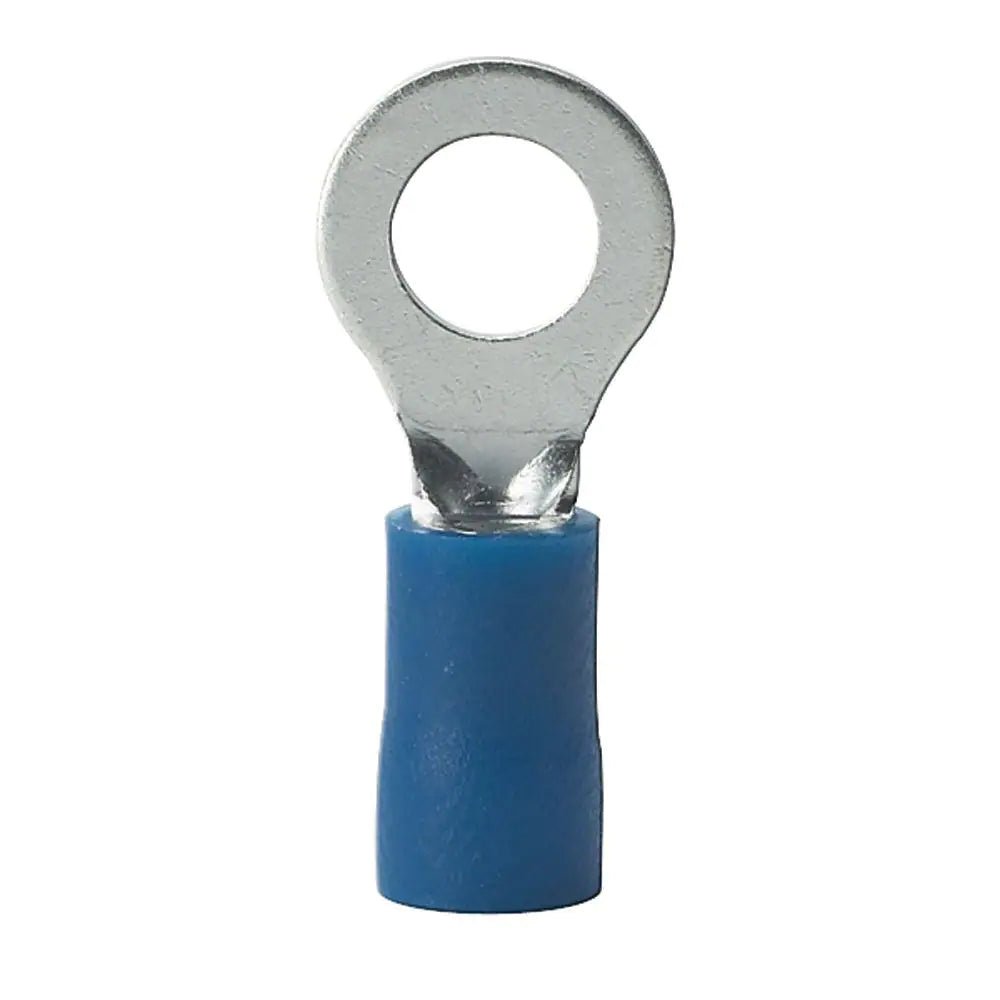
Ring Eyelet Connectors vs. Spade Connectors: Which One is Right for Your Project?
For most people who work with electrical components, ring eyelets and spade connectors are among the most popular connector tools available. Both help to provide seamless electrical connections, while also ensuring that the integrity of your connection can be optimized. Nevertheless, many people who conduct electrical wiring tasks tend to rely on one of these components. And considering that connections are versatile, finding the proper differences between spade connectors and ring eyelet connectors can be a daunting task.
Even though they pretty much perform the same function, ring eyelet connectors and spade connectors aren’t necessarily the same. And among the many differences between them, these components also do different things. As someone who works with electrical components, it is very possible that you might have issues differentiating between them.
In this article, we’ll examine spade connectors as well as ring eyelet connectors, then move into their differences and which option would work best depending on the functionality you require.
What Are Ring Eyelets?
Ring eyelets are among the simplest electrical tools you could come across. These components make it easy to reinforce connections in electrical systems, providing protection from external components and helping to reinforce holes for electrical systems.
Also known as terminal blocks, ring eyelets act as endpoints that allow you to connect circuits together. In some cases, they could also act in the capacity of connectors. With their metal bodies and plastic casing, ring eyelets feature holes at both ends that hold wires smoothly inserted into them. Their job is to connect wires and enable connections by fitting the open face of a terminal over a stud.
Ring eyelets are also known for being versatile. You can find them in different gauge sizes, ranging from 8 AWG and 10-12 AWG to 16-14 AWG AND 22-18 AWG.
What Are Spade Wire Connectors?
A spade wire connector is an electrical component that connects two active devices and makes it possible to transmit electrical currents or signals. They come in two parts; the connector itself, and the plug-in.
Like ring eyelets, spade wire connectors help to provide strong and reliable electrical connections. With them, you will be able to easily provide connections and terminate them without having to involve other electrical tools.
Another similarity between spade wire connectors and ring eyelets is that the former can come in different types. So, you can easily make a choice based on the type of electrical connection you’re trying to ensure.
How Do Ring Eyelets & Wire Connectors Differ?
As explained earlier, spade wire connectors and ring eyelets are incredibly similar. At the end of the day, they have the same job; to ensure strong and reliable connections. However, this isn’t to say that both are the same.
To start with, it’s worth noting the difference in how they work. For basic wire connections and disconnections, ring eyelets are pretty much the right components to use. They improve sanction speed, and they can pretty much be used at any point in time. Also, the fact that they work without the need for any soldering makes them even more effective.
However, spade wire connectors provide more diversity in options. You can find different spade wire connector types, meaning that these components work better when you’re dealing with a broader range of connections. And each connector type comes with its own set of properties and uses. So, depending on the conditions, you can easily find a spade wire connector that works for you.
Some of the more notable types of spade wire connectors include:
- Keyed connectors: These connectors will need to be placed in the right orientation to provide secure conventions. Their benefit is to protect against insertion-caused damage, even in the wrong socket.
- Water-resistant connectors: As you’d expect, these connectors work in situations where water damage is a significant threat. For that waterproof functionality, these connectors are more than ideal.
- Moisture-resistant connectors: They help to provide connections in situations where oil or moisture-related damage is a significant threat.
- Locked connectors: These connectors work with mechanisms that help to provide the durability and security required. When in the right position, they can help to prevent any accidental movement.
- ESD shielded connectors: These connectors help to protect against electrostatic discharge.
- Hermetically-sealed connectors: Like the water-resistant connectors, these ones als provide optimal protection against water or moisture-related situations.
As far as electrical connections and applications go, it is important for you to select the right component for you. This way, you can ensure that you don’t get the wrong choice for your electrical wiring project.
